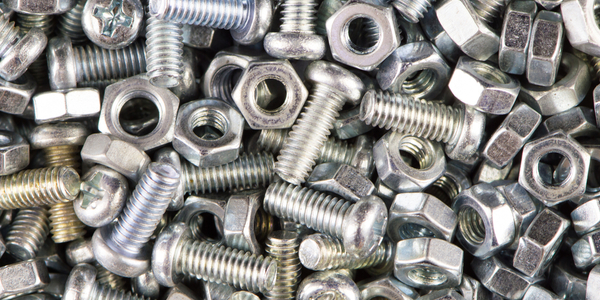
Metal fasteners, like bolts and screws, revolutionized industry because of their ability to create a clamping force that will resist the forces of an operation and keep joined components from loosening. In fact, Metal forming soon became its own industry.
When a fastener is correctly tightened it makes use of its own “elastic” properties, behaving like a spring in that, when tightened within the limits, it retains the ability to return to its original length. This force keeps tension on the components being joined.
Once the elastic limits of a bolt are exceeded, like through over-tightening, the bolt enters a “plastic” flow condition in that part of the elongation will not return to original length and its tensile strength can start to be exceeded. Breakage soon follows.
One of the fundamental aspects when practicing “precision” maintenance is the correct application and procedures when joining components together.
This and other topics are covered during our Maintenance and Reliability Technician Core Concepts (MRTCC) 3-day course, which can be followed by the optional Certified Maintenance and Reliability Technician test (CMRT) from the SMRP at a local testing center.
